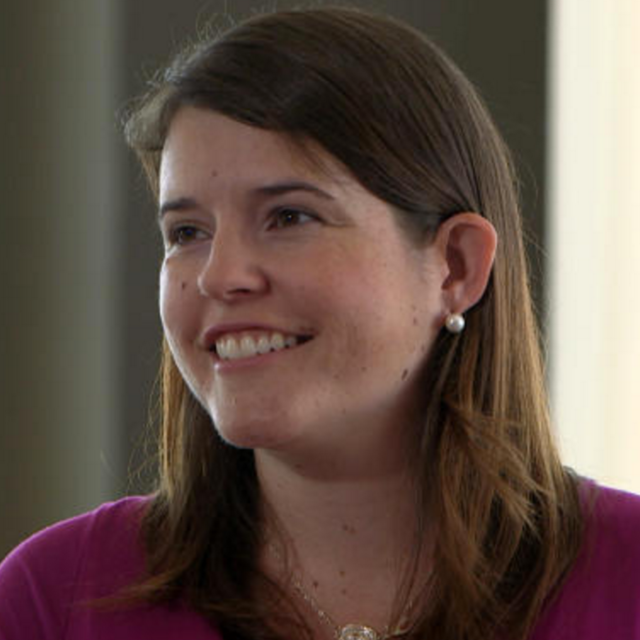July
2020
•
2020AJ....160...22C
Authors
•
Cloutier, Ryan
•
Rodriguez, Joseph E.
•
Irwin, Jonathan
•
Charbonneau, David
•
Stassun, Keivan G.
•
Mortier, Annelies
•
Latham, David W.
•
Isaacson, Howard
•
Howard, Andrew W.
•
Udry, Stéphane
•
Wilson, Thomas G.
•
Watson, Christopher A.
•
Pinamonti, Matteo
•
Lienhard, Florian
•
Giacobbe, Paolo
•
Guerra, Pere
•
Collins, Karen A.
•
Beiryla, Allyson
•
Esquerdo, Gilbert A.
•
Matthews, Elisabeth
•
Matson, Rachel A.
•
Howell, Steve B.
•
Furlan, Elise
•
Crossfield, Ian J. M.
•
Winters, Jennifer G.
•
Nava, Chantanelle
•
Ment, Kristo
•
Lopez, Eric D.
•
Ricker, George
•
Vanderspek, Roland
•
Seager, Sara
•
Jenkins, Jon M.
•
Ting, Eric B.
•
Tenenbaum, Peter
•
Sozzetti, Alessandro
•
Sha, Lizhou
•
Ségransan, Damien
•
Schlieder, Joshua E.
•
Sasselov, Dimitar
•
Roy, Arpita
•
Robertson, Paul
•
Rice, Ken
•
Poretti, Ennio
•
Piotto, Giampaolo
•
Phillips, David
•
Pepper, Joshua
•
Pepe, Francesco
•
Molinari, Emilio
•
Mocnik, Teo
•
Micela, Giuseppina
•
Mayor, Michel
•
Martinez Fiorenzano, Aldo F.
•
Mallia, Franco
•
Lubin, Jack
•
Lovis, Christophe
•
López-Morales, Mercedes
•
Kosiarek, Molly R.
•
Kielkopf, John F.
•
Kane, Stephen R.
•
Jensen, Eric L. N.
•
Isopi, Giovanni
•
Huber, Daniel
•
Hill, Michelle L.
•
Harutyunyan, Avet
•
Gonzales, Erica
•
Giacalone, Steven
•
Ghedina, Adriano
•
Ercolino, Andrea
•
Dumusque, Xavier
•
Dressing, Courtney D.
•
Damasso, Mario
•
Dalba, Paul A.
•
Cosentino, Rosario
•
Conti, Dennis M.
•
Colón, Knicole D.
•
Collins, Kevin I.
•
Cameron, Andrew Collier
•
Ciardi, David
•
Christiansen, Jessie
•
Chontos, Ashley
•
Cecconi, Massimo
•
Caldwell, Douglas A.
•
Burke, Christopher
•
Buchhave, Lars
•
Beichman, Charles
•
Behmard, Aida
•
Beard, Corey
•
Akana Murphy, Joseph M.
Abstract
•
Small planets on close-in orbits tend to exhibit envelope mass fractions of either effectively zero or up to a few percent depending on their size and orbital period. Models of thermally driven atmospheric mass loss and of terrestrial planet formation in a gas-poor environment make distinct predictions regarding the location of this rocky/nonrocky transition in period-radius space. Here we present the confirmation of TOI-1235 b (P = 3.44 days, ${r}_{{\rm{p}}}={1.738}_{-0.076}^{+0.087}$ ${R}_{\oplus }$ ), a planet whose size and period are intermediate between the competing model predictions, thus making the system an important test case for emergence models of the rocky/nonrocky transition around early M dwarfs (Rs = 0.630 ± 0.015 ${R}_{\odot }$ , Ms = 0.640 ± 0.016 ${M}_{\odot }$ ). We confirm the TESS planet discovery using reconnaissance spectroscopy, ground-based photometry, high-resolution imaging, and a set of 38 precise radial velocities (RVs) from HARPS-N and HIRES. We measure a planet mass of ${6.91}_{-0.85}^{+0.75}$ ${M}_{\oplus }$ , which implies an iron core mass fraction of ${20}_{-12}^{+15}$ % in the absence of a gaseous envelope. The bulk composition of TOI-1235 b is therefore consistent with being Earth-like, and we constrain an H/He envelope mass fraction to be <0.5% at 90% confidence. Our results are consistent with model predictions from thermally driven atmospheric mass loss but not with gas-poor formation, suggesting that the former class of processes remains efficient at sculpting close-in planets around early M dwarfs. Our RV analysis also reveals a strong periodicity close to the first harmonic of the photometrically determined stellar rotation period that we treat as stellar activity, despite other lines of evidence favoring a planetary origin ( $P={21.8}_{-0.8}^{+0.9}$ days, ${m}_{{\rm{p}}}\sin i={13.0}_{-5.3}^{+3.8}$ ${M}_{\oplus }$ ) that cannot be firmly ruled out by our data.
Links





